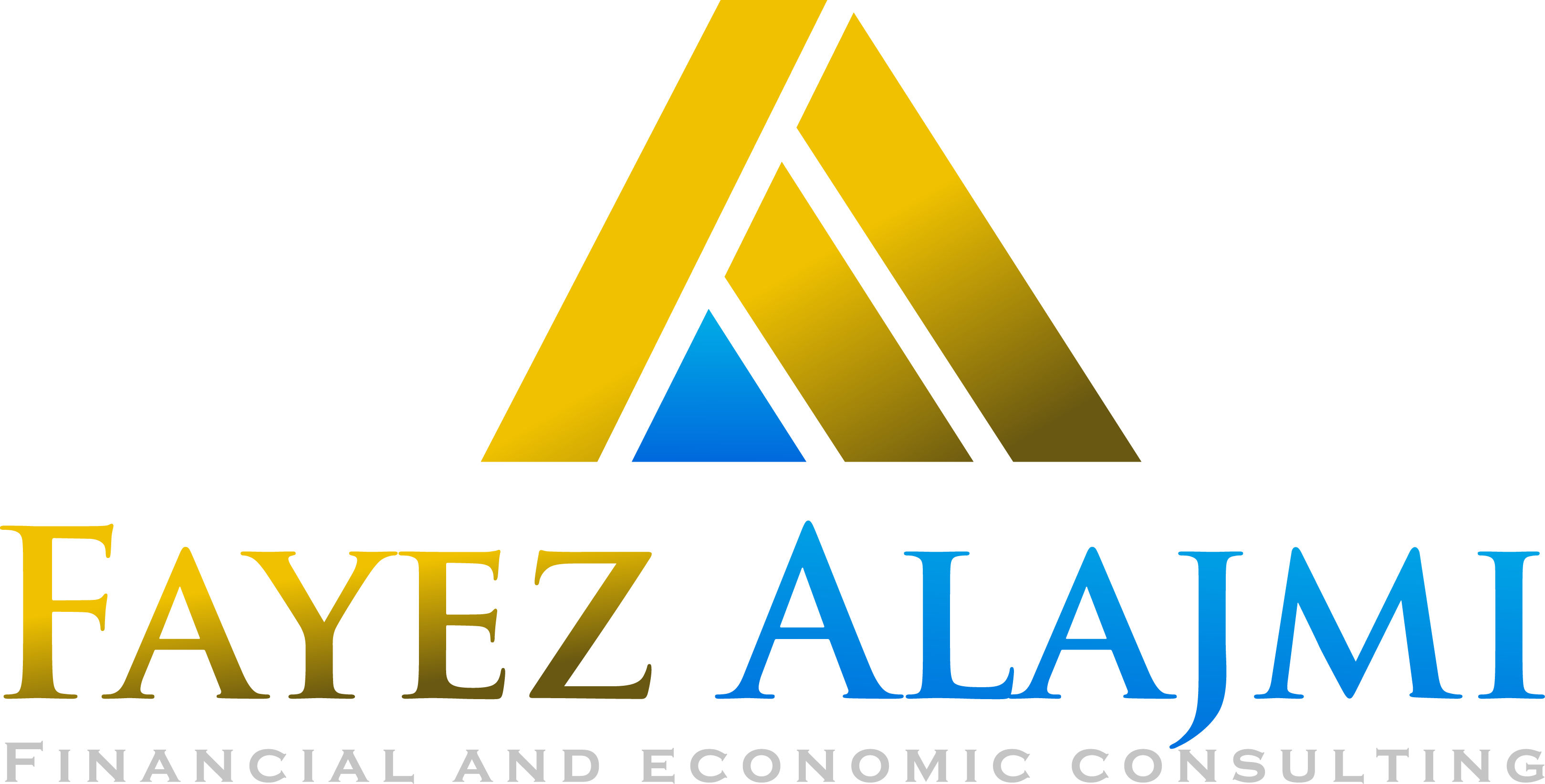
 10 July، 2023
10 July، 2023
 ابحاث السوق
ابحاث السوق
 Views
: 627
Views
: 627

The Reserve Bank of New Zealand and the Bank of Canada lead this week’s events
Markets await US inflation
figures Separate economic data
After the meeting of the Reserve Bank of Australia, the American labor market numbers, and the minutes of the Federal Reserve meeting, in addition to some separate figures, issued the events of last week, the financial markets return in a new week and new economic figures that will cast a shadow over this week’s trading, topped by the meeting of the Reserve Bank of New Zealand and the Central Bank of Canada, US and Chinese inflation figures, and growth figures The labor market from the United Kingdom and many scattered economic figures.
Reserve Bank of New Zealand meeting Wednesday
, the Reserve Bank of New Zealand meets in the Asian session to discuss monetary policy developments and set interest rates, as expectations indicate that the bank will keep the current interest rates at 5.50% unchanged for the first time since October 2021, to settle at their highest levels in 14 years. Inflation figures are at 6.7% in the first quarter of this year, and it is still double the bank’s target of 1-3%, but it is clearly slowing down, while estimates indicate that it will reach 5.3% this year and 2.9% next year, while it expects the economy to grow by 0.7% in this year. This year the figure of stagnation in the first quarter
. In the previous meeting of the bank, the members expressed their satisfaction with the current and future course of interest rates and the appropriateness of keeping them at current levels, after the annual inflation rate in the consumer price index was lower than expected in February and fell to 6.7%. Thus, the bank is not expected to surprise the market in its meeting on Wednesday.
Especially since the quarterly inflation figures for the second quarter are expected to be released next week. Market expectations so far, with the bank keeping the current interest rates at 5.5% until the end of the first quarter of next year, and therefore any hints from the bank that it may start to reduce them before the first quarter will support strong movements for the New Zealand dollar.
Central Bank of Canada
Next Wednesday, in the American session, the Central Bank of Canada will announce its monetary policy and interest rates, as expectations indicate that the bank will raise interest rates by 25 basis points, to reach 5% from 4.75%, after it surprised the markets at its previous meeting after expectations indicated that they would stabilize at 4.50%.
. At its meeting in March and April, the Bank kept its monetary policy and interest rates at 4.5% after the rate of inflation slowed, but decided to raise it by 25 basis points at its meeting in June after inflation rose to 4.4% in April, the first increase in ten months, but it slowed again. to 4.2% in May and to 3.8% in June, and thus may support the bank’s keeping of monetary policy unchanged, despite the high expectations of a 25 basis point hike.
The Canadian economy announced the addition of about 60,000 jobs last week, while the unemployment rate rose to 5.4% from 5.2%, and wages growth slowed to 4.2% compared to 5.1% in May, all of which are factors that support the Bank’s failure to tighten monetary policy strongly on Wednesday.
USA will release inflation figures
The United States of America will start announcing its economic figures this week, starting next Wednesday, and will start with US inflation figures for the month of June, as expectations indicate that inflation will slow to 3.1% in June, to record its lowest level since March 2021, while the main index that excludes food and energy prices is expected to reach 5. % from 5.3%.
The markets are so far counting a rate hike at the bank’s meeting on the 26th of July by 25 basis points, by more than 90%, and its stay at these levels until the end of the year, according to futures expectations by the FEDWatch tool from CME, and accordingly, the inflation numbers on Wednesday will determine the extent of the difference in expectations after their issuance for the next three meetings. After it became almost certain to raise interest rates at its July meeting by 25 basis points.
US Federal Reserve members Neil Kashkari, Waller, Loretta Mester and Daly will speak during the current week, and the markets will monitor the members’ comments on inflation numbers and the future of interest rates in light of them.
Eurozone and the United Kingdom
From the Eurozone, we will follow this week the final inflation reading in Germany and the ZEW Consumer Confidence Index from Germany and the Eurozone, in addition to industrial production numbers.
On the other hand, the United Kingdom will announce an increase in the labor market and wages tomorrow morning, Tuesday, while growth figures will be announced on Thursday morning, in addition to the statements of Bank Governor Billy.
Inflation in China is at its lowest level since February 2021
The Consumer Price Index (CPI), which measures inflation in the world’s second-largest economy, was unchanged in June at 0.0%, compared to a growth of 0.2% in May, according to figures from the National Bureau of Statistics released this morning.
It came below expectations that indicated a growth of 0.2%, registering weaker Pace since February 2021. The core index excluding food and energy prices slowed to 0.4% in June from 0.6%.
The producer price index fell by 5.4%, compared to a decline of 4.6% in May, beating expectations and marking the fastest pace since December 2015.
Separate economic data
Monday
inflation from China
Producer price index of China
Statements of the American Federalist Barr
Statements by the Governor of the Bank of England
Tuesday
The final reading of inflation in Germany
Labor market figures from the UK
business confidence index
Wednesday
Reserve Bank of New Zealand meeting
Statements by the Governor of the Bank of England
Inflation from the USA
Bank of Canada meeting
US crude oil inventories
Thursday
growth from the UK
industrial production of the eurozone
US producer price index
US unemployment benefits
Friday
Industrial production from Japan
US Consumer Confidence